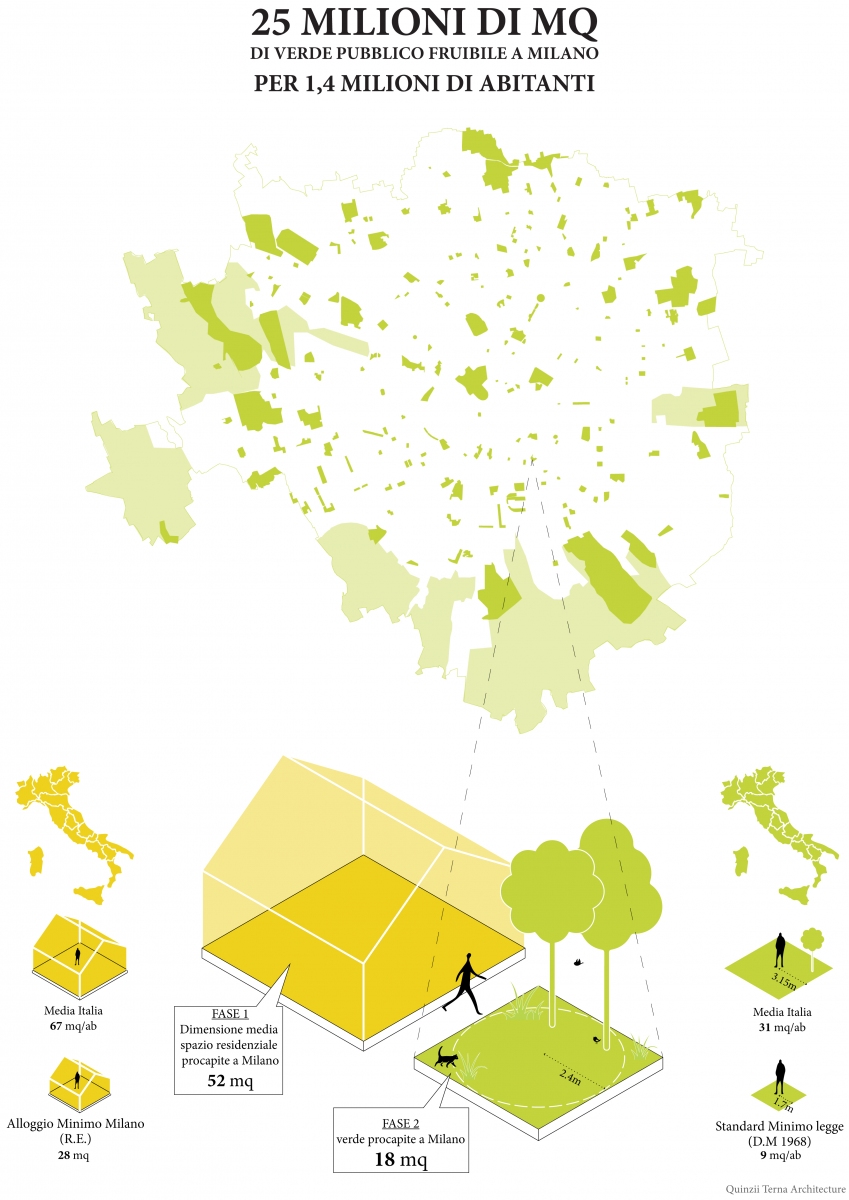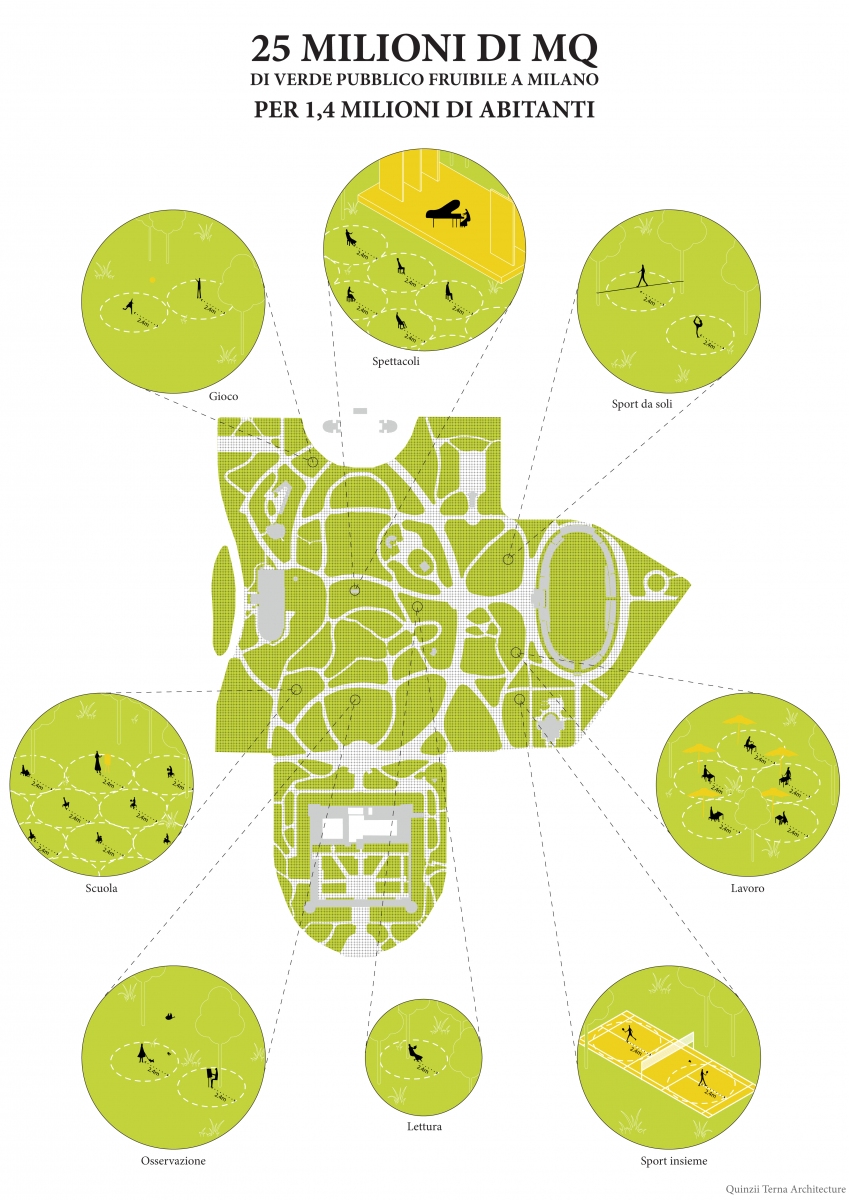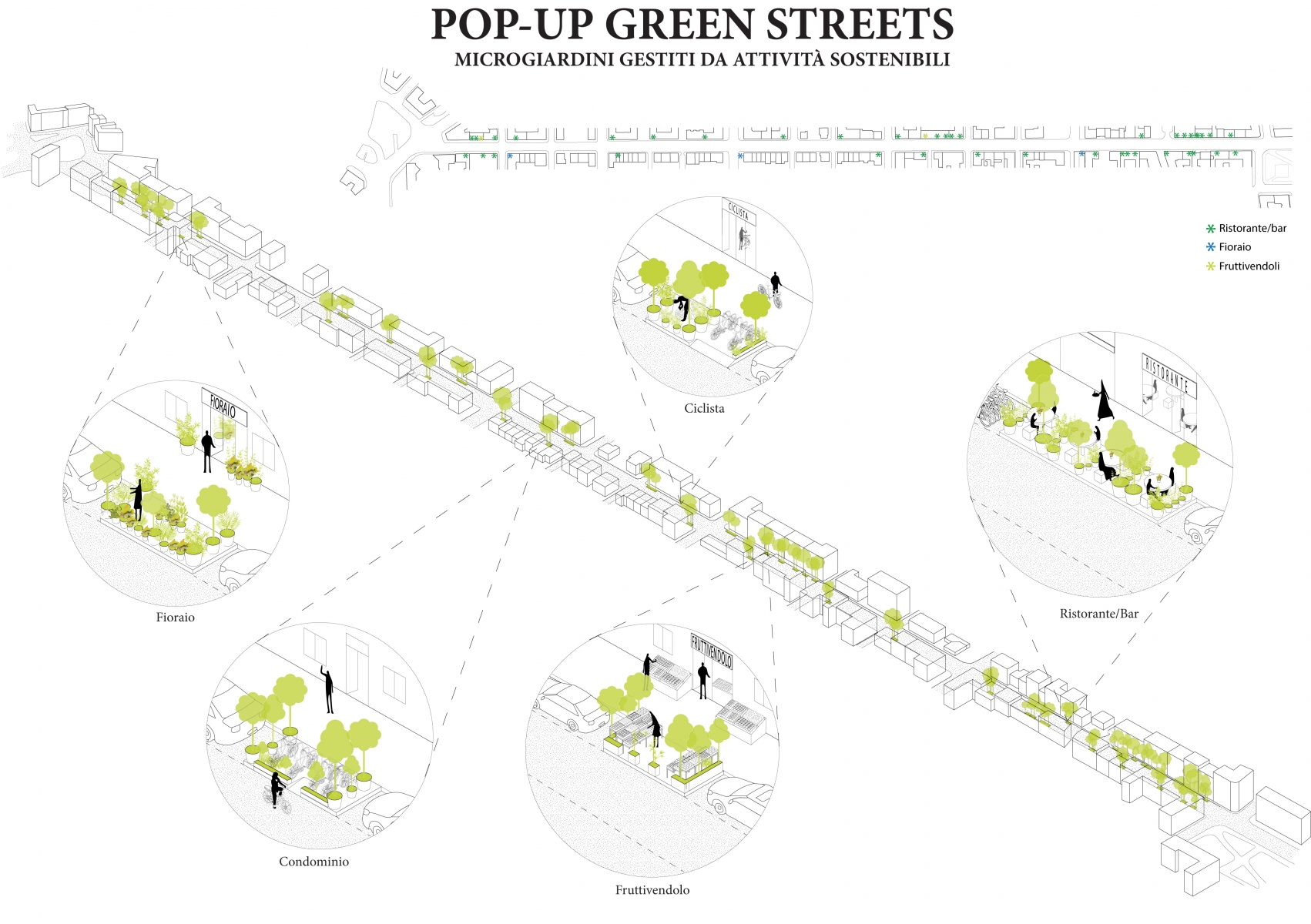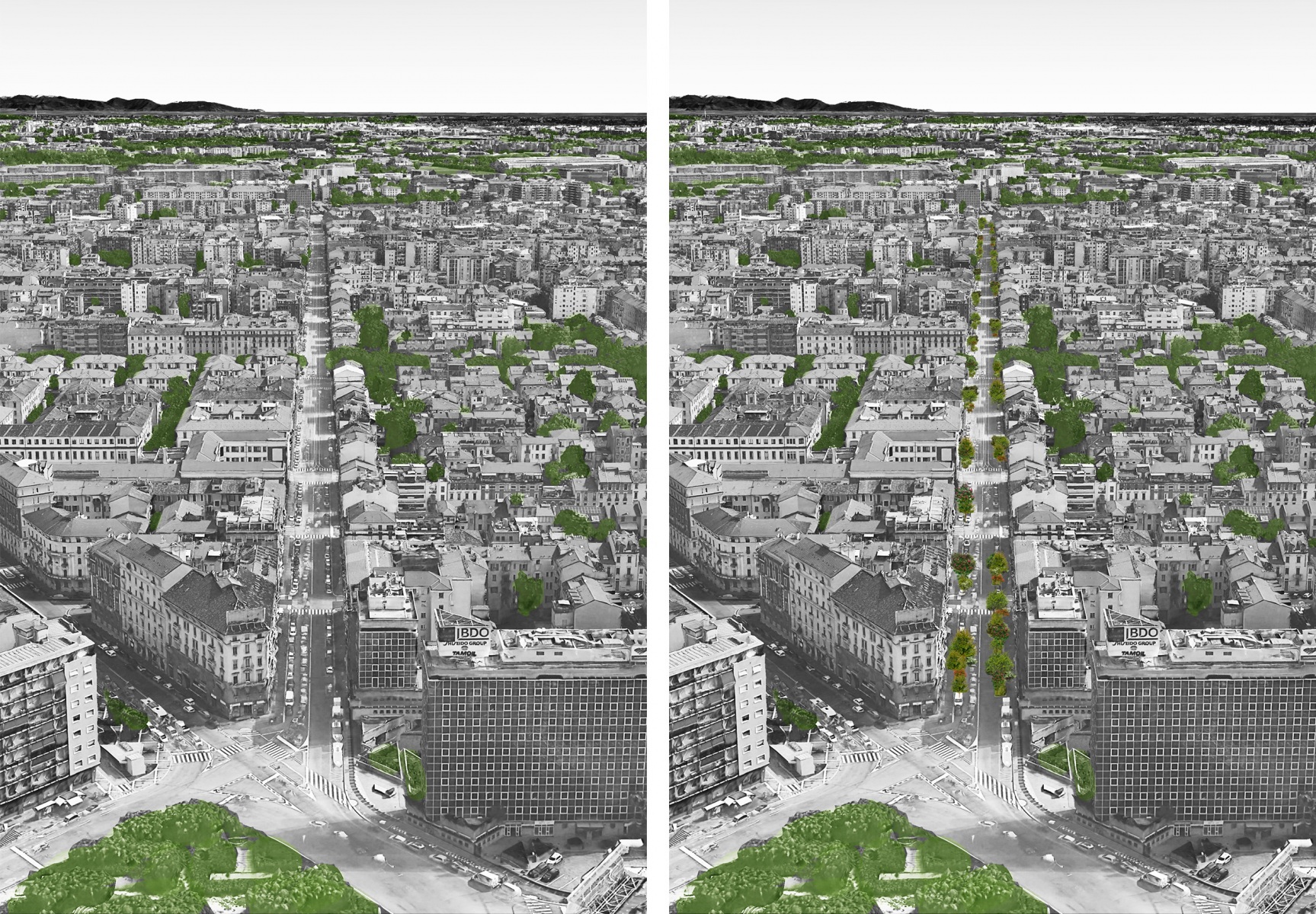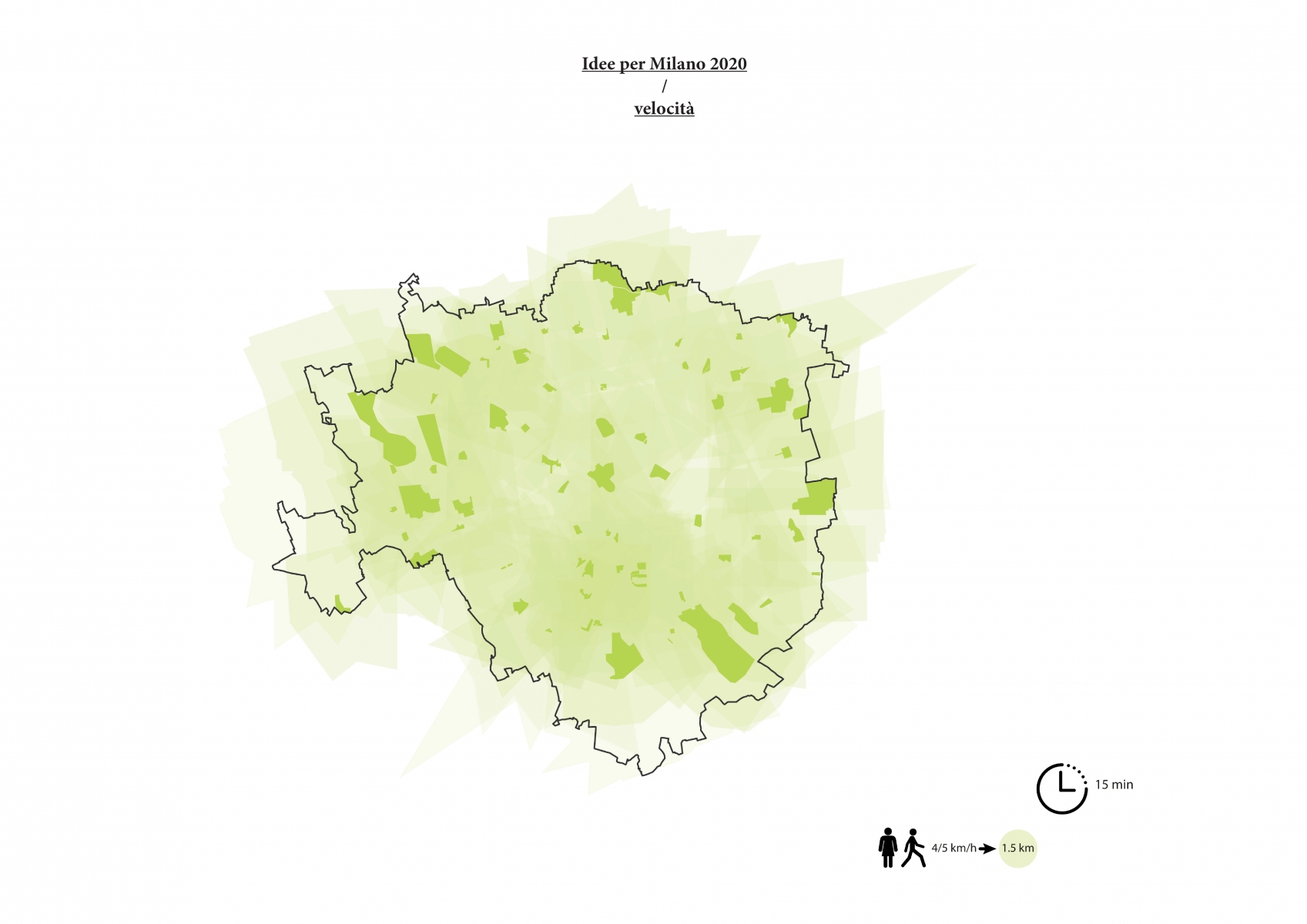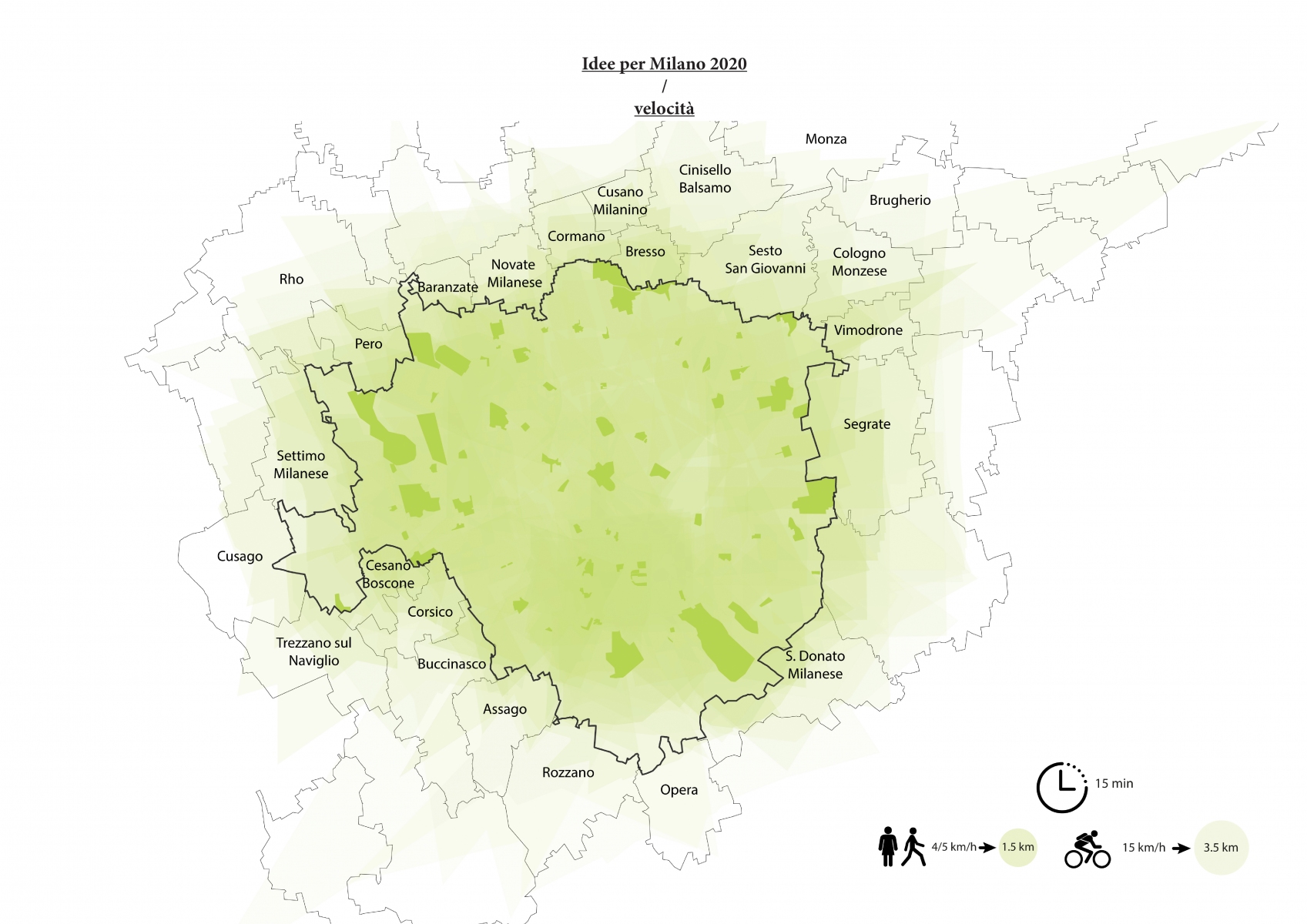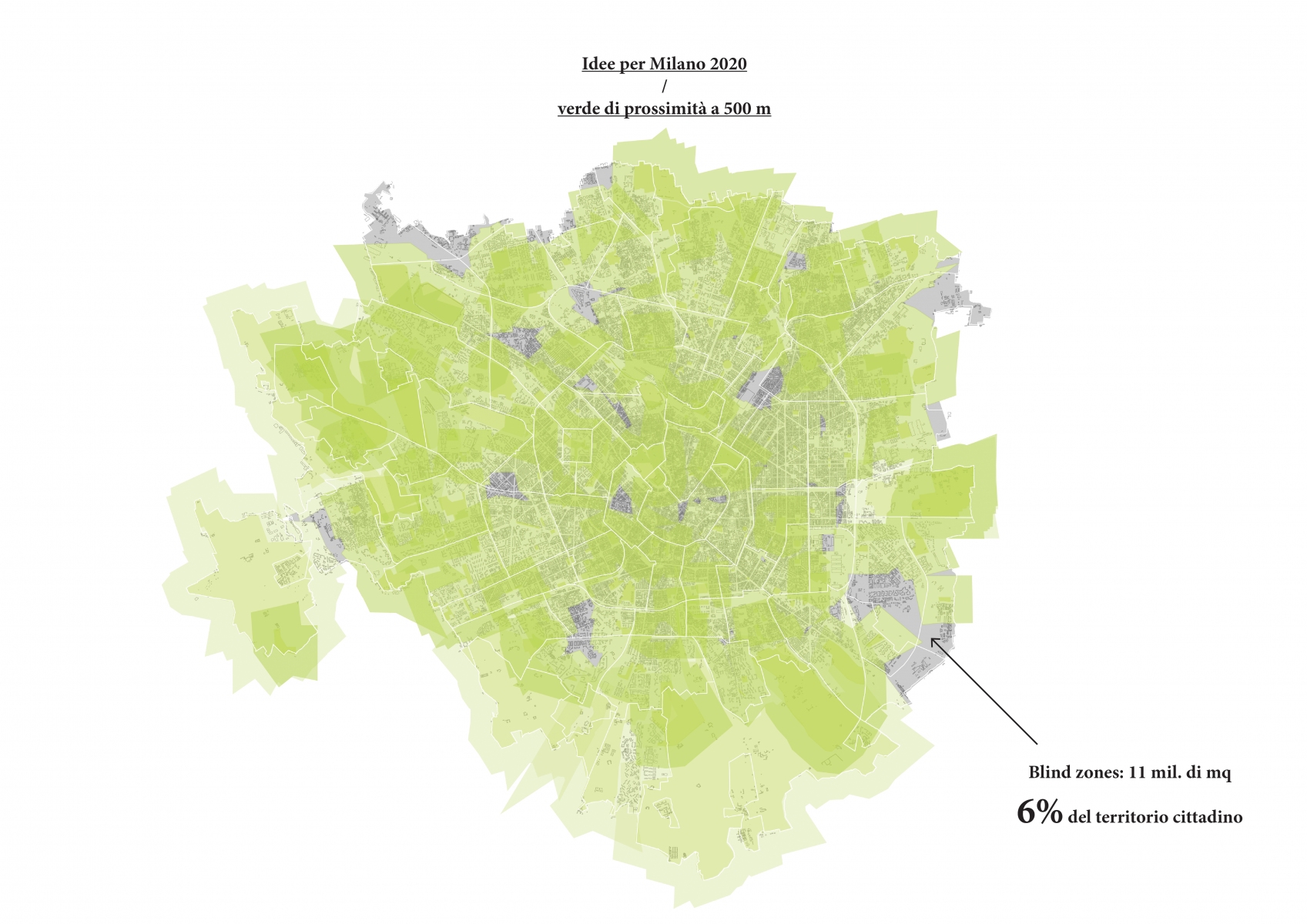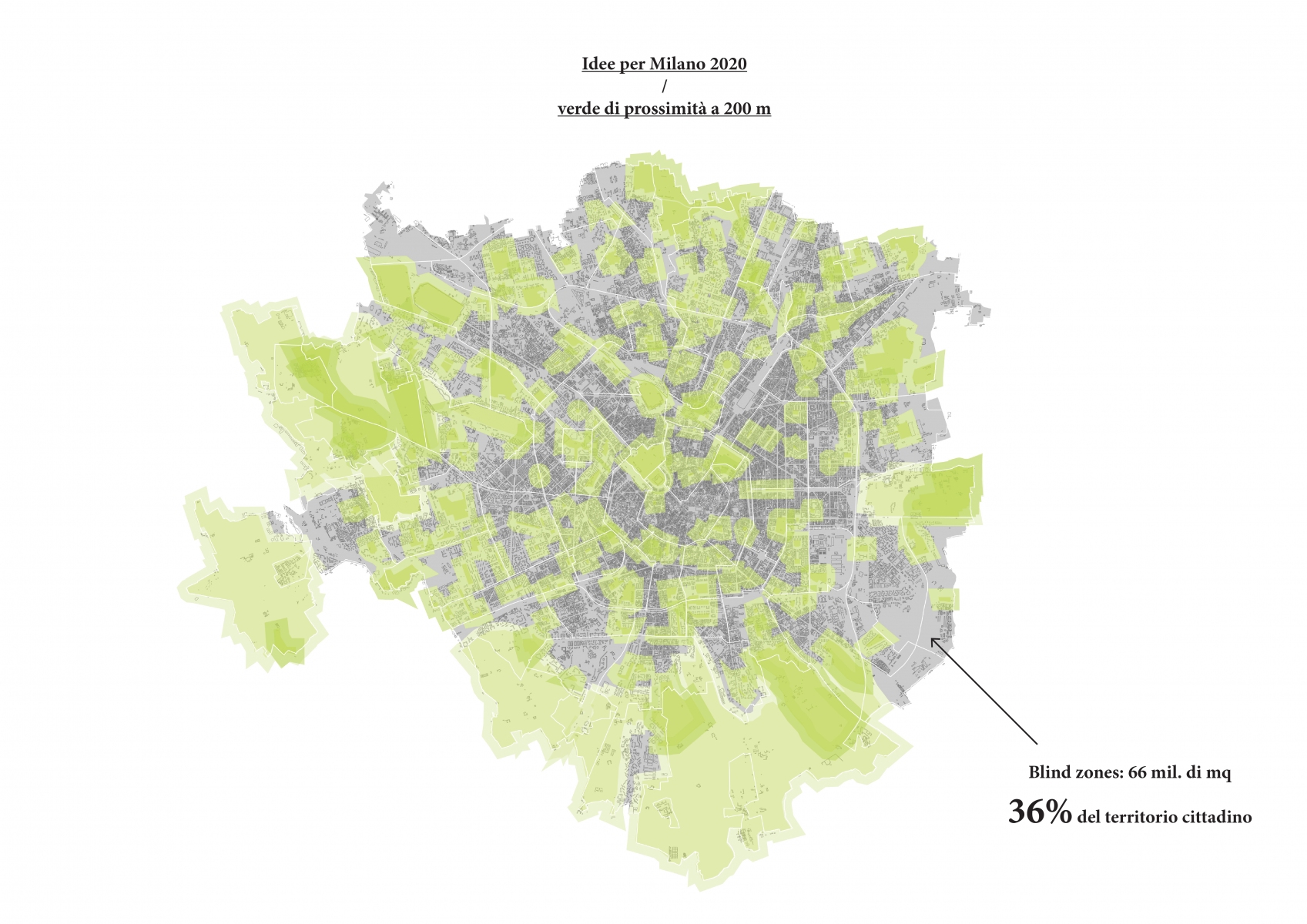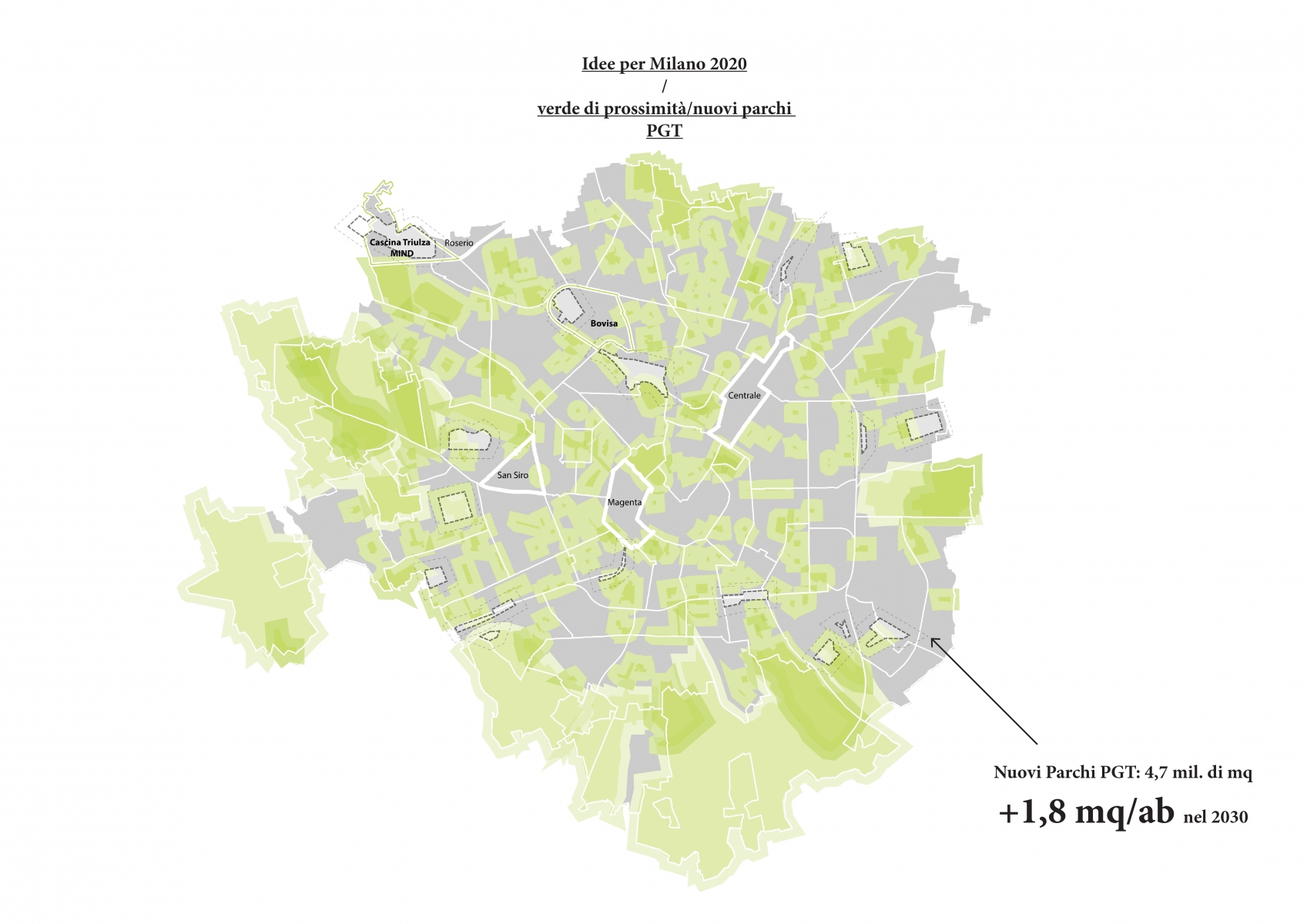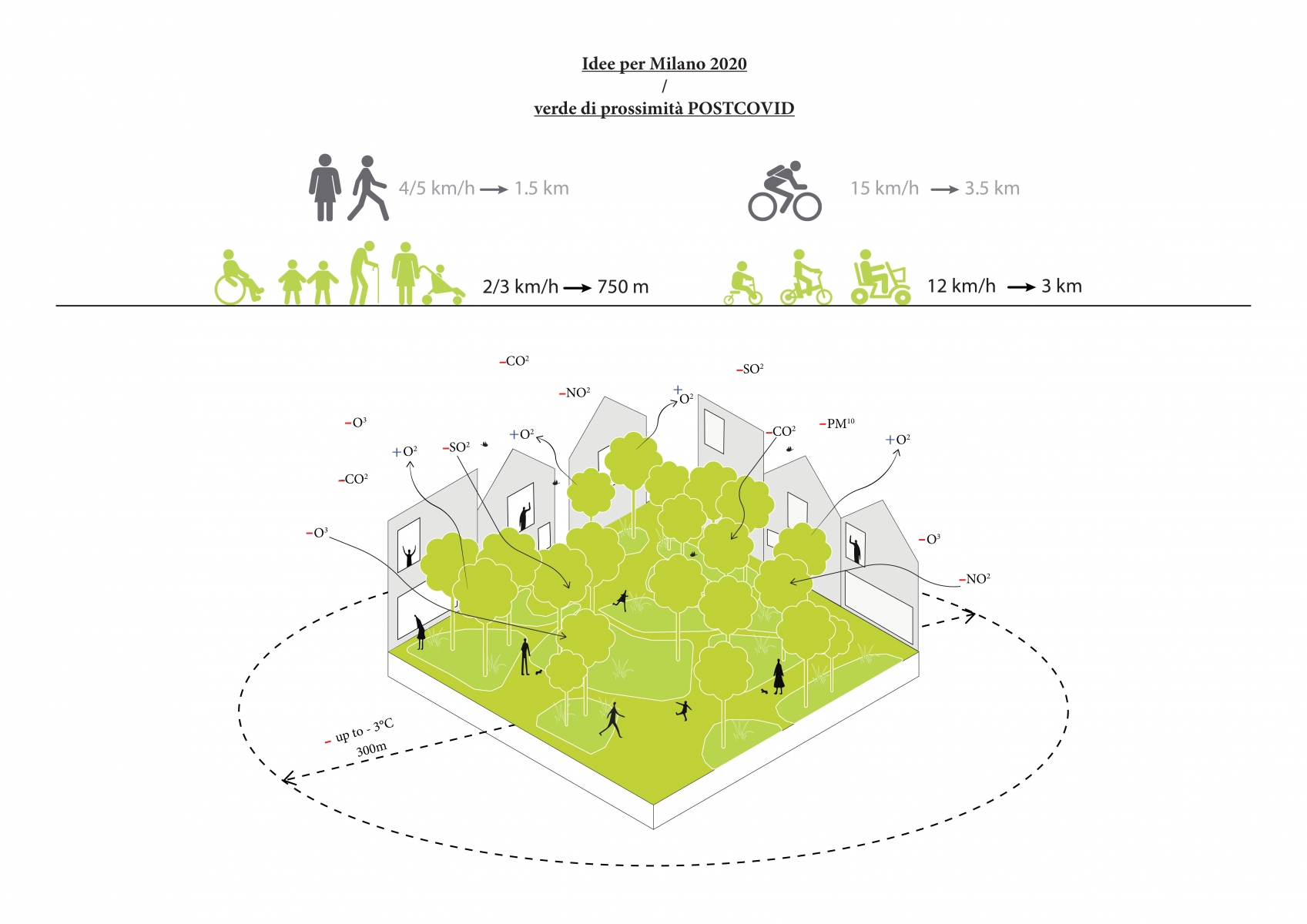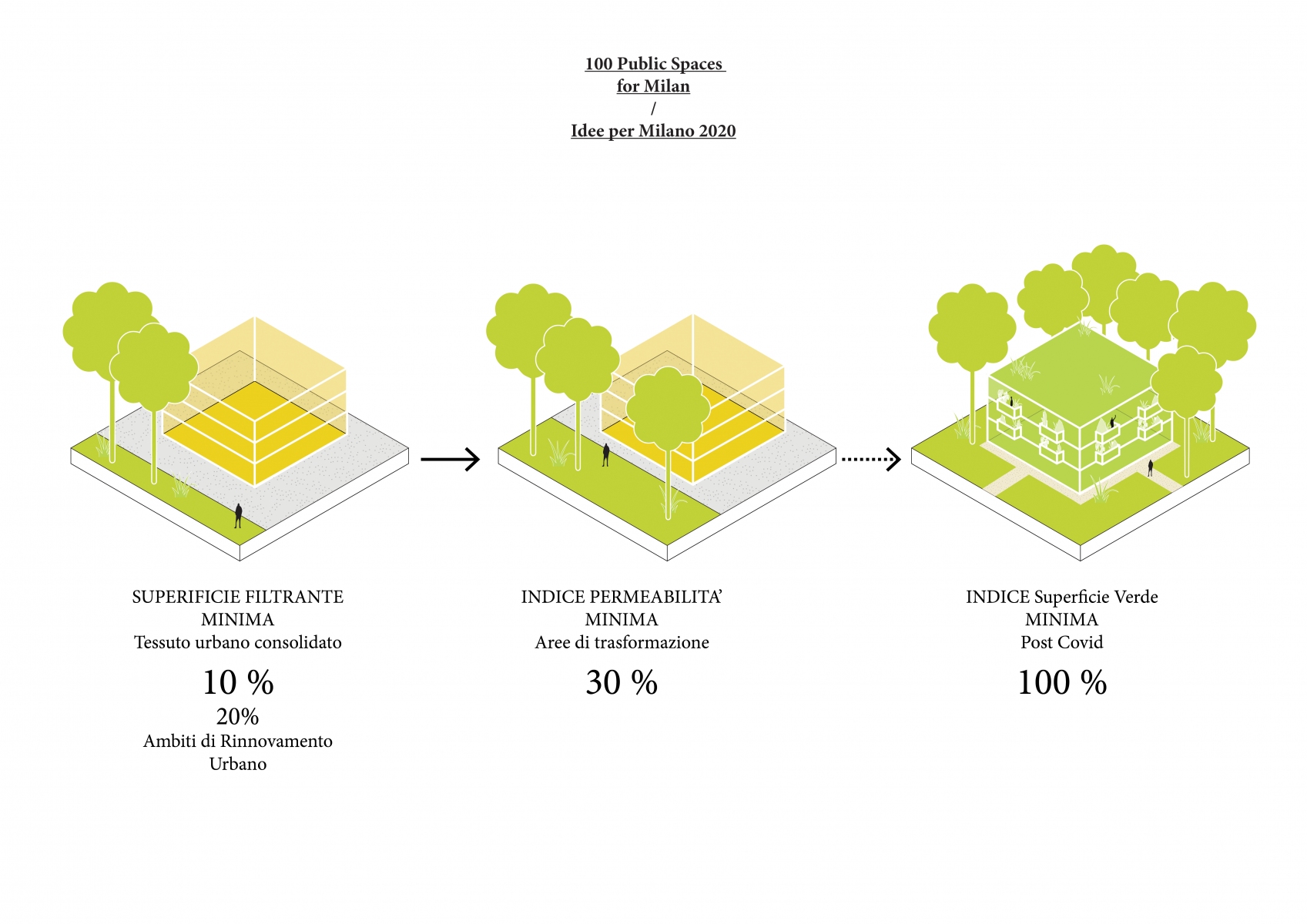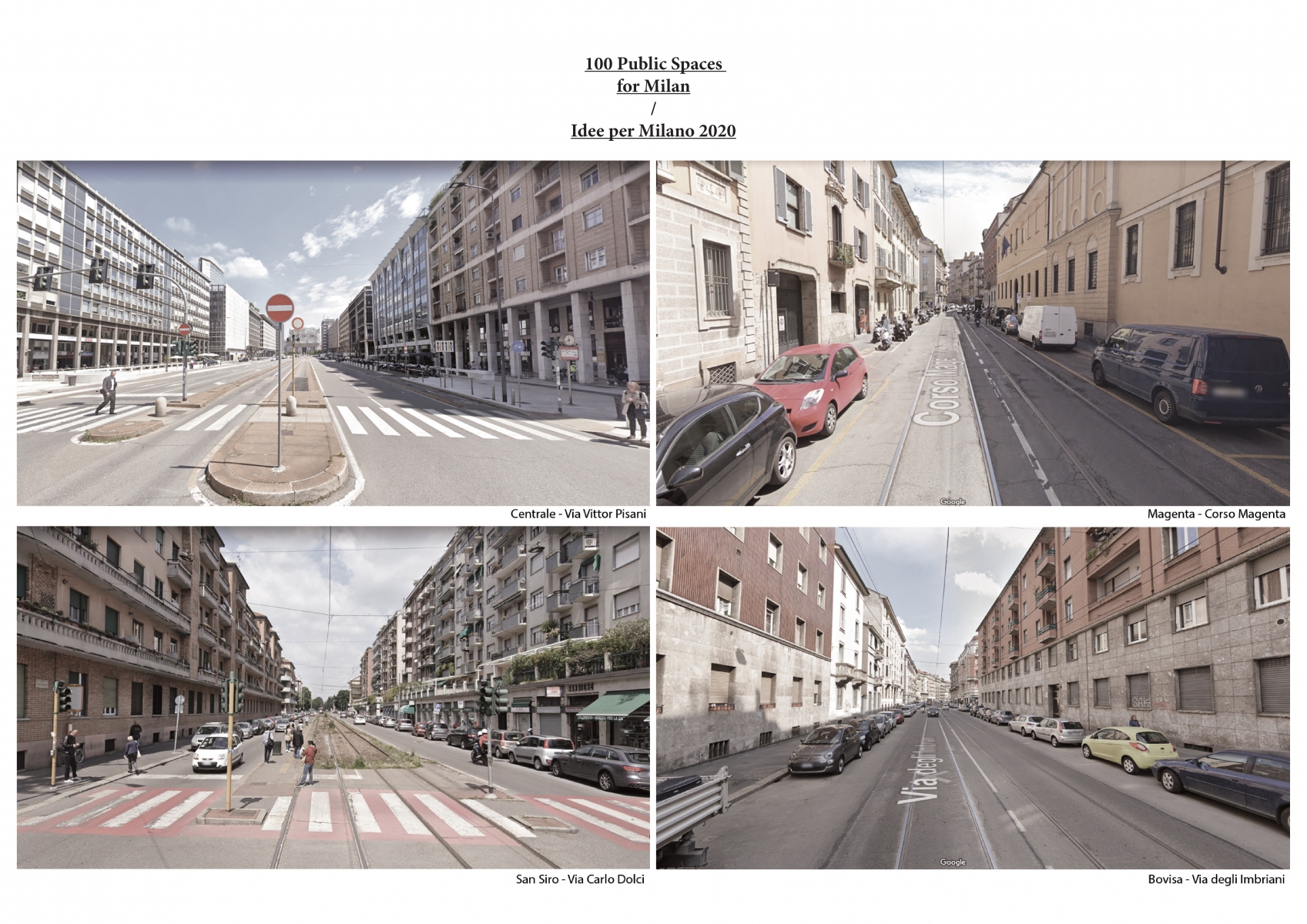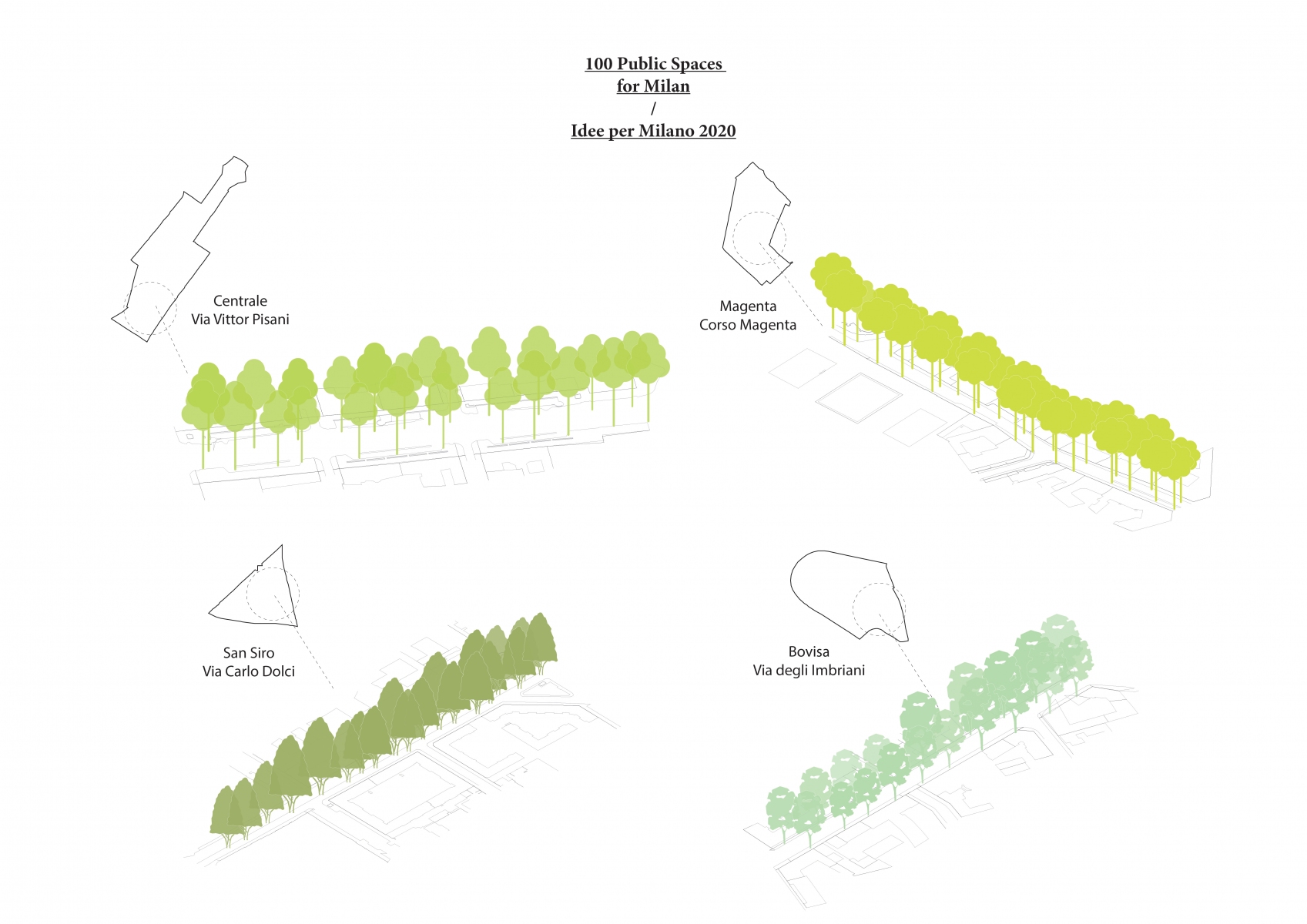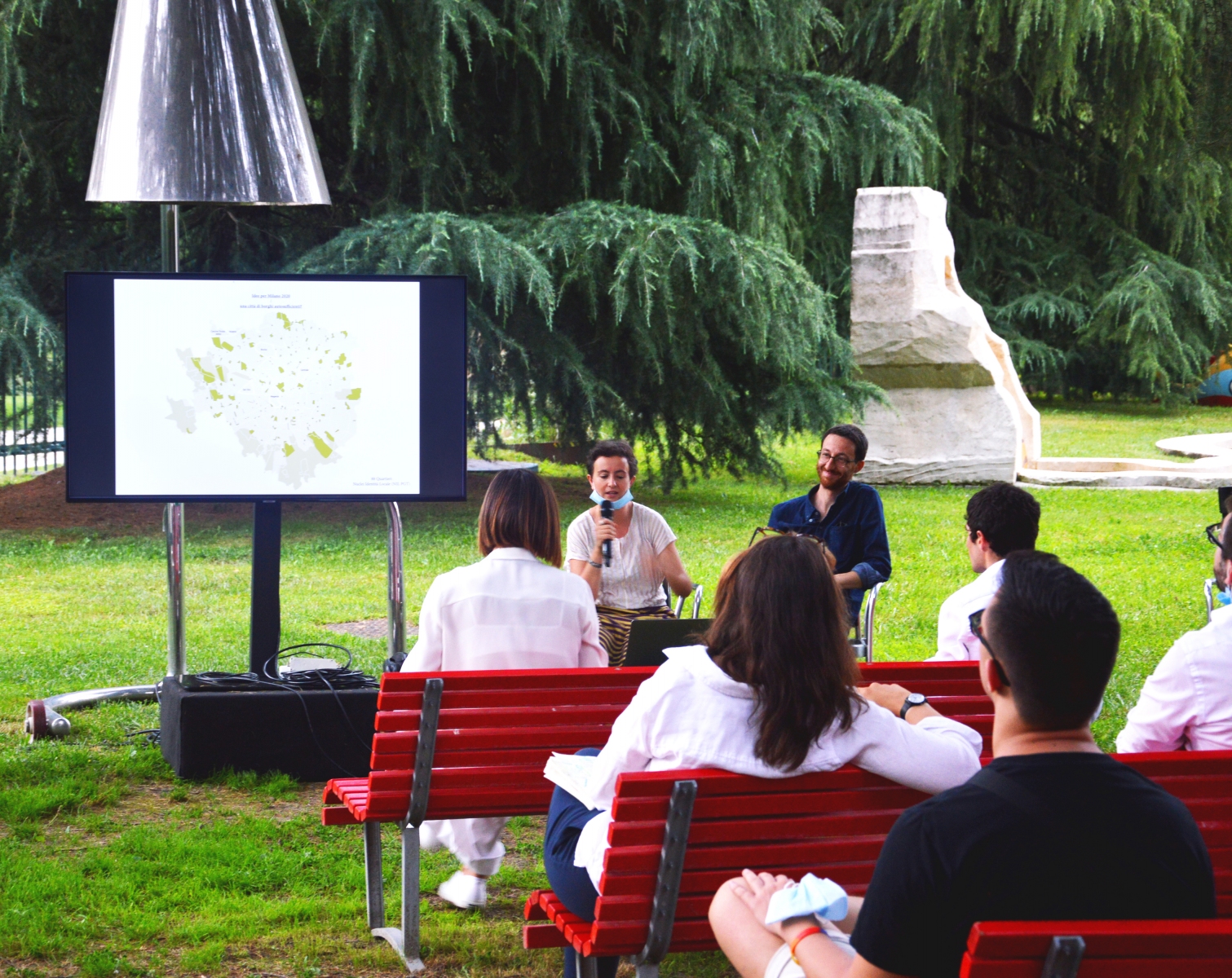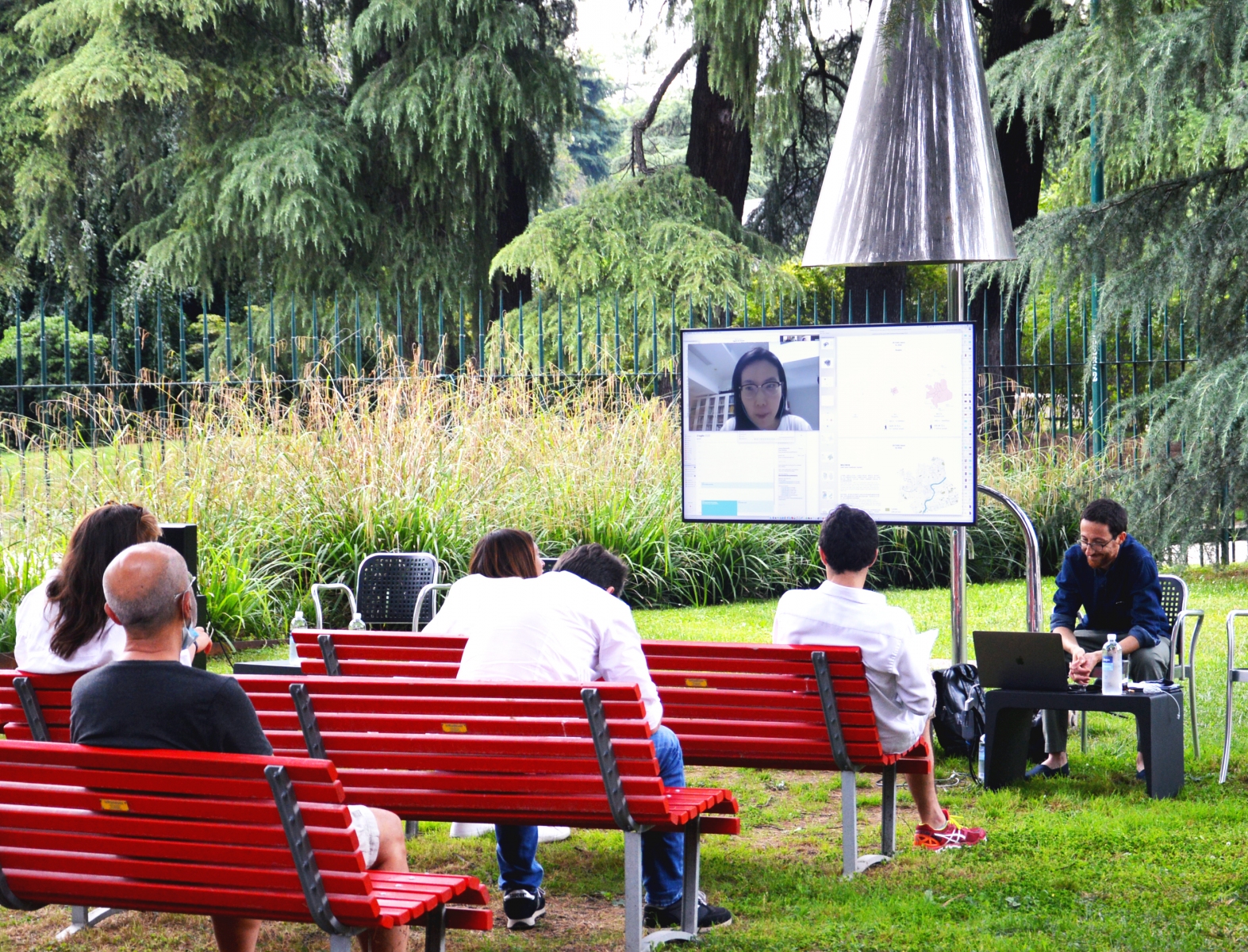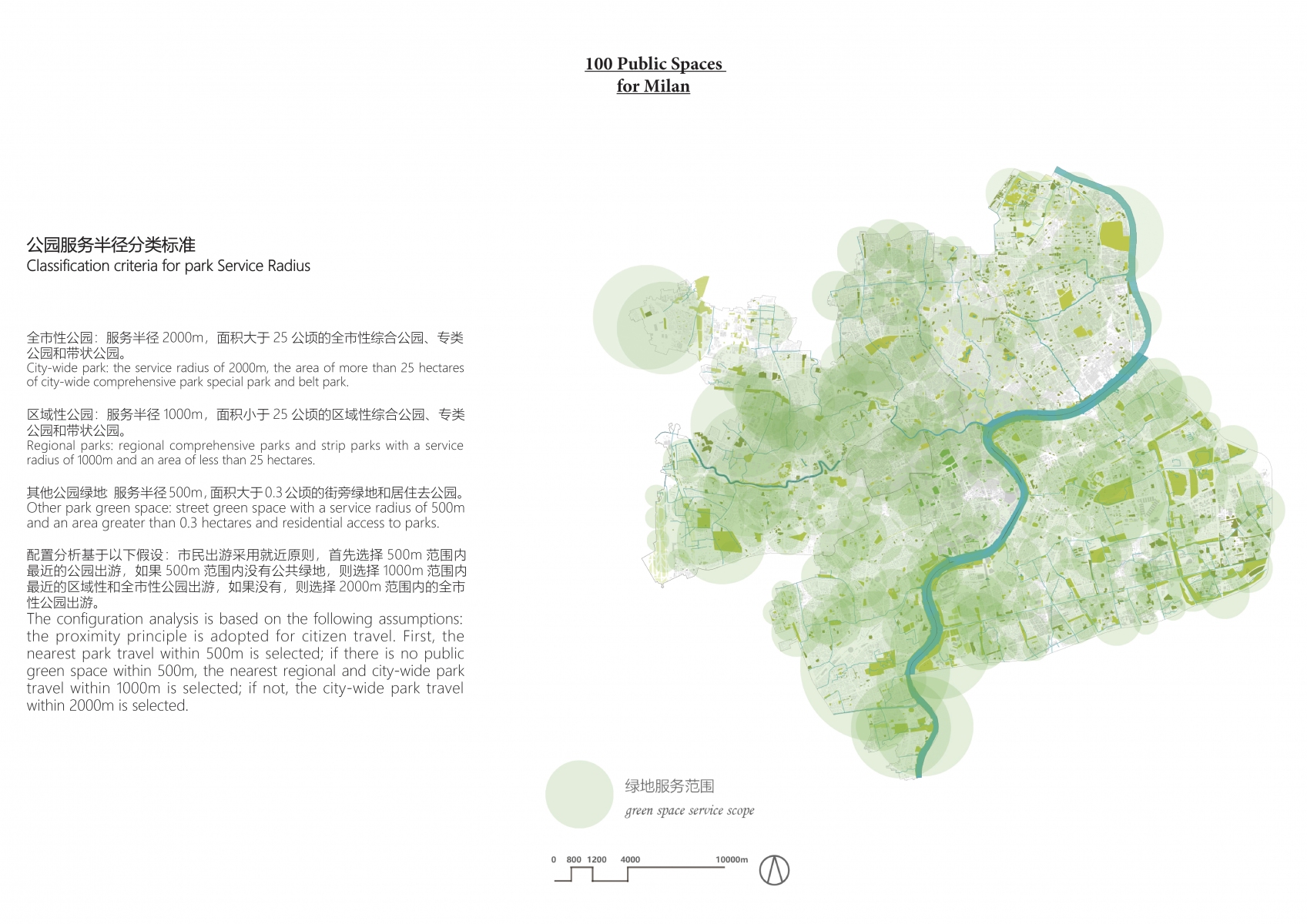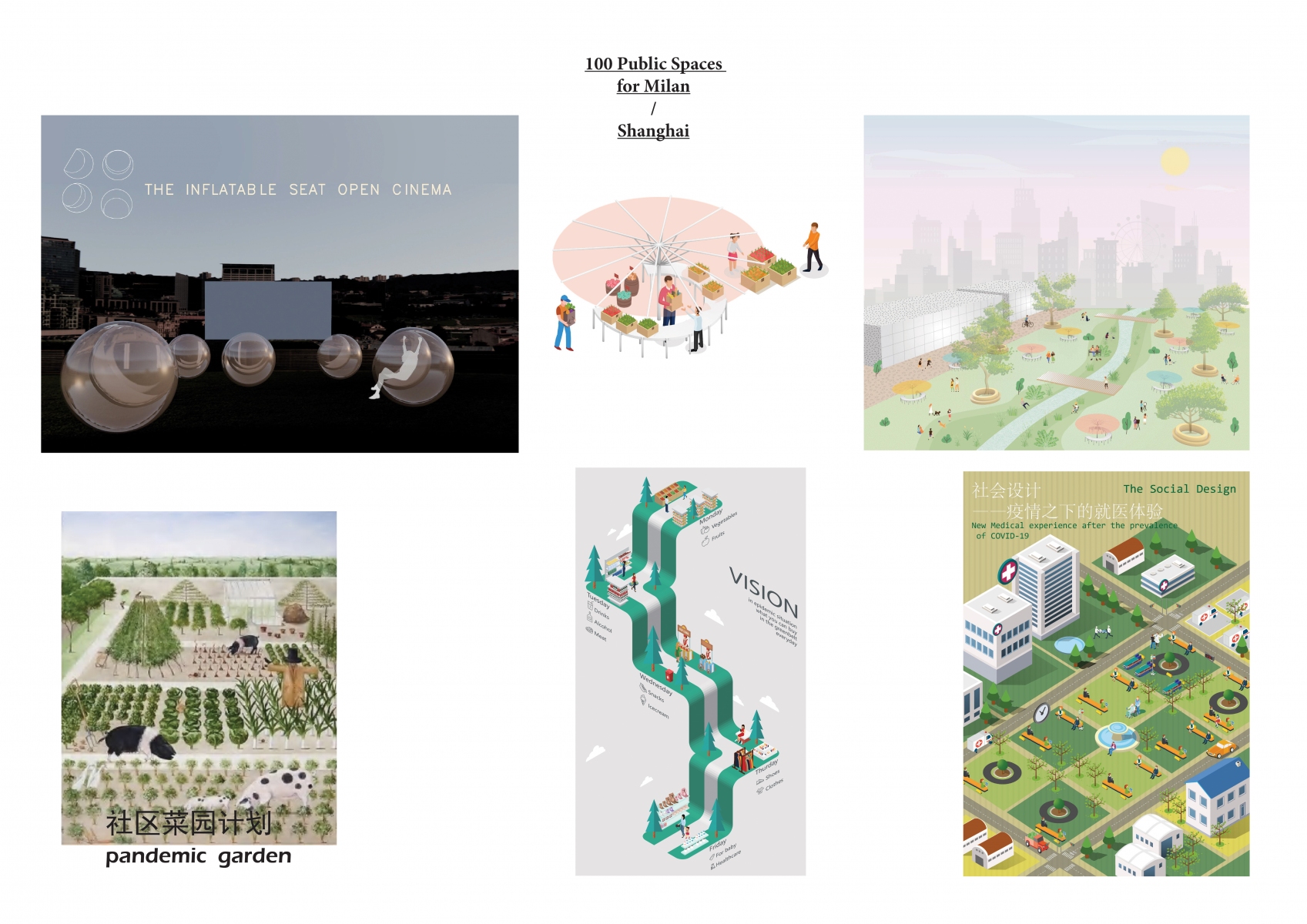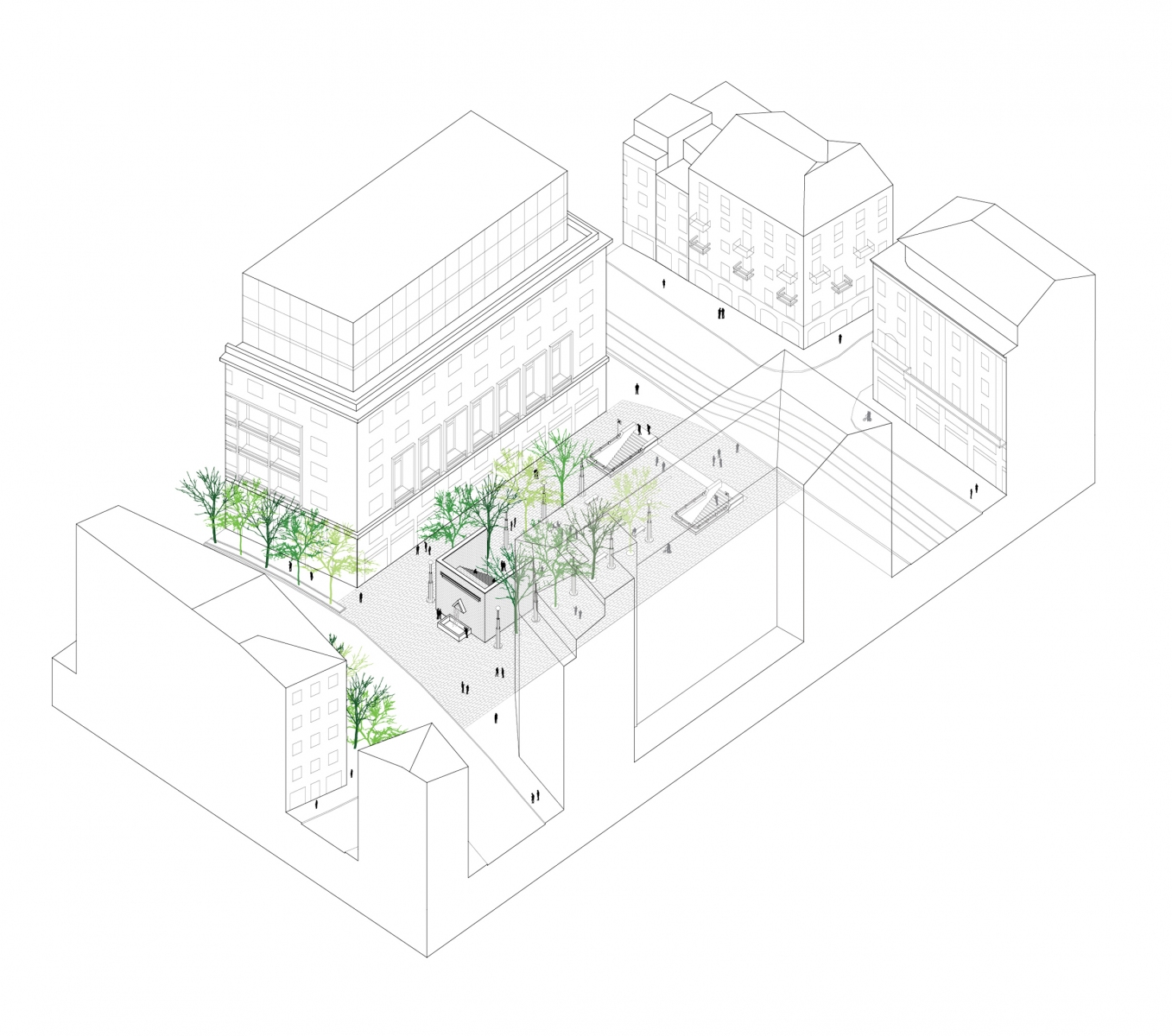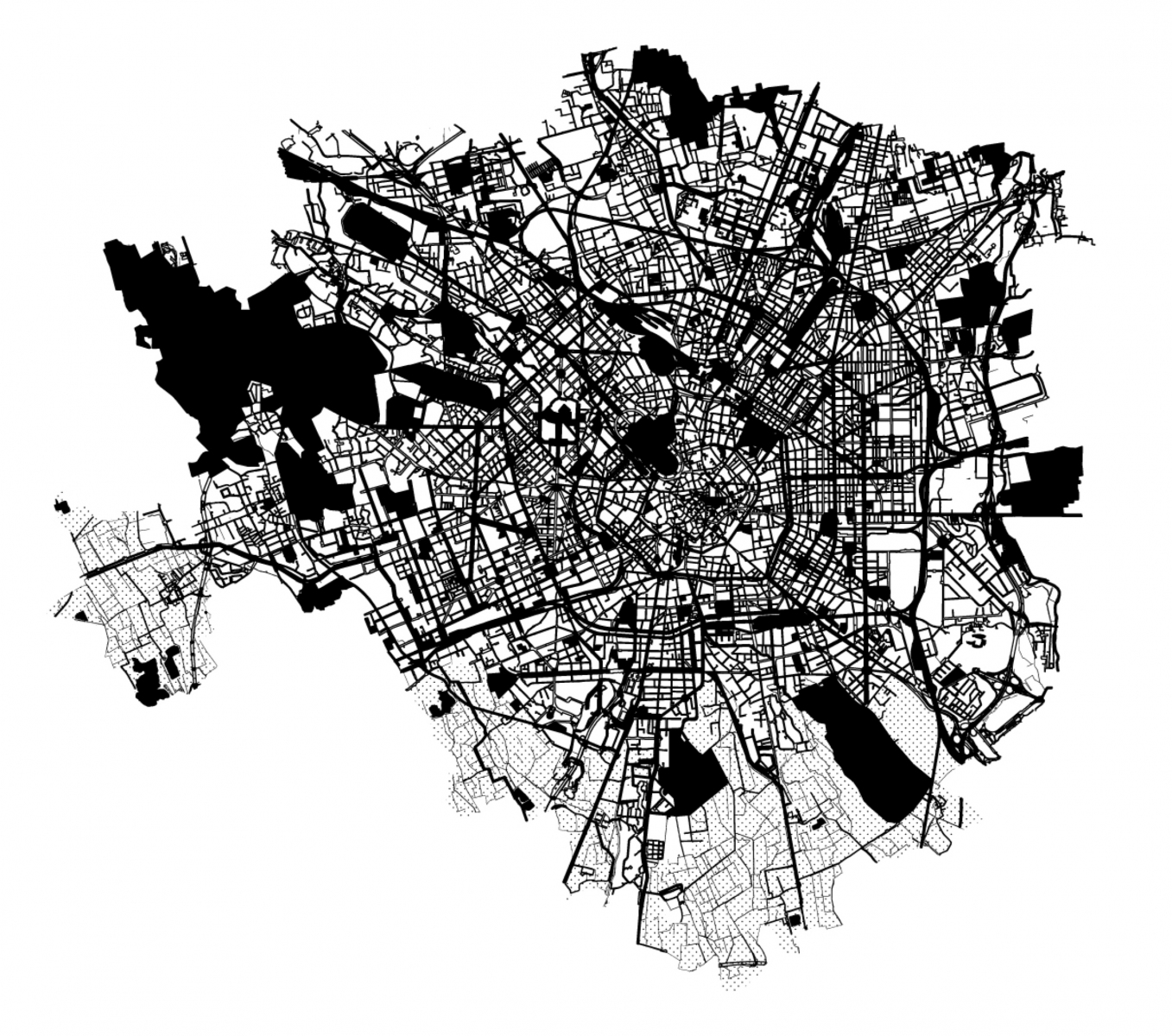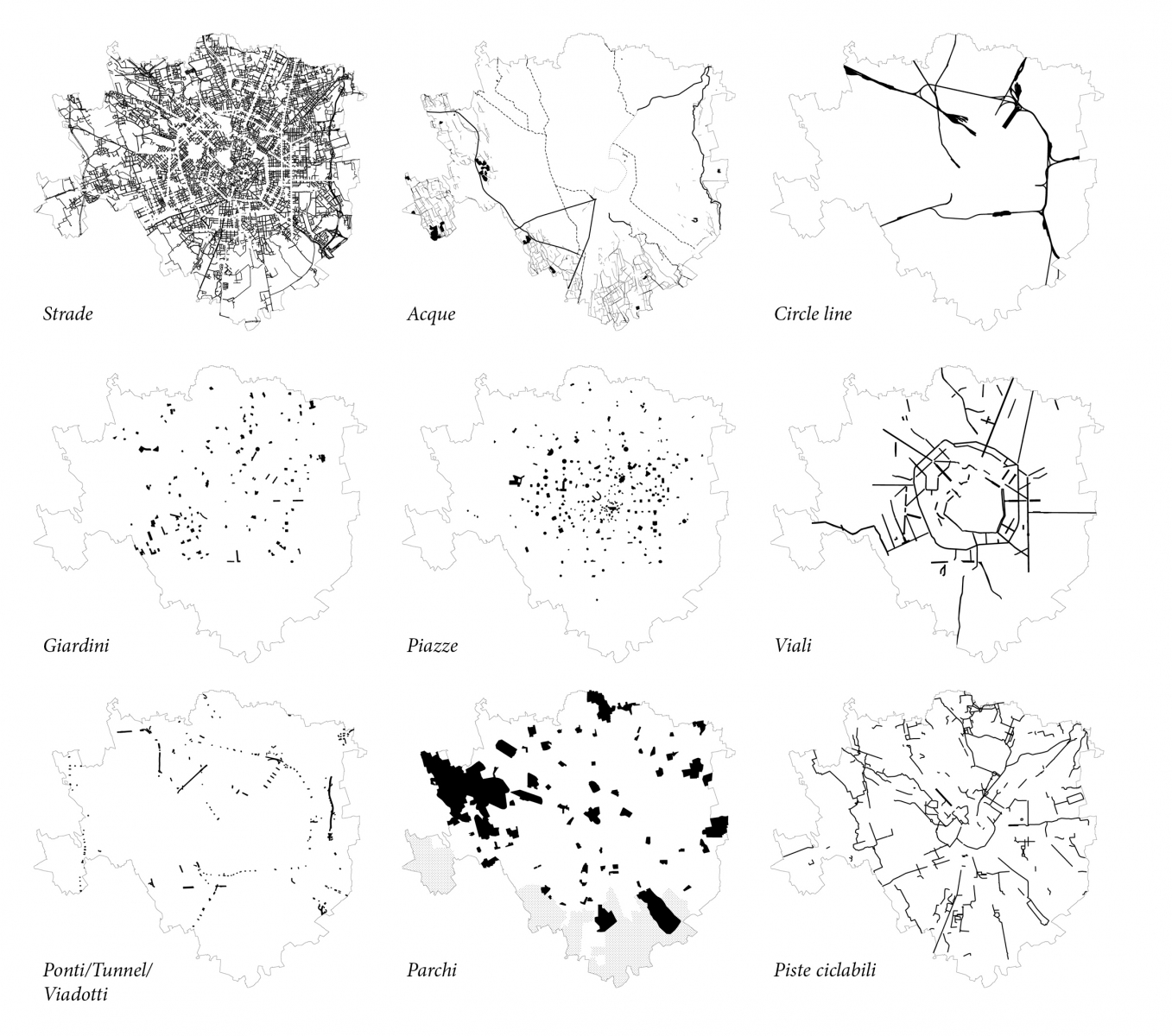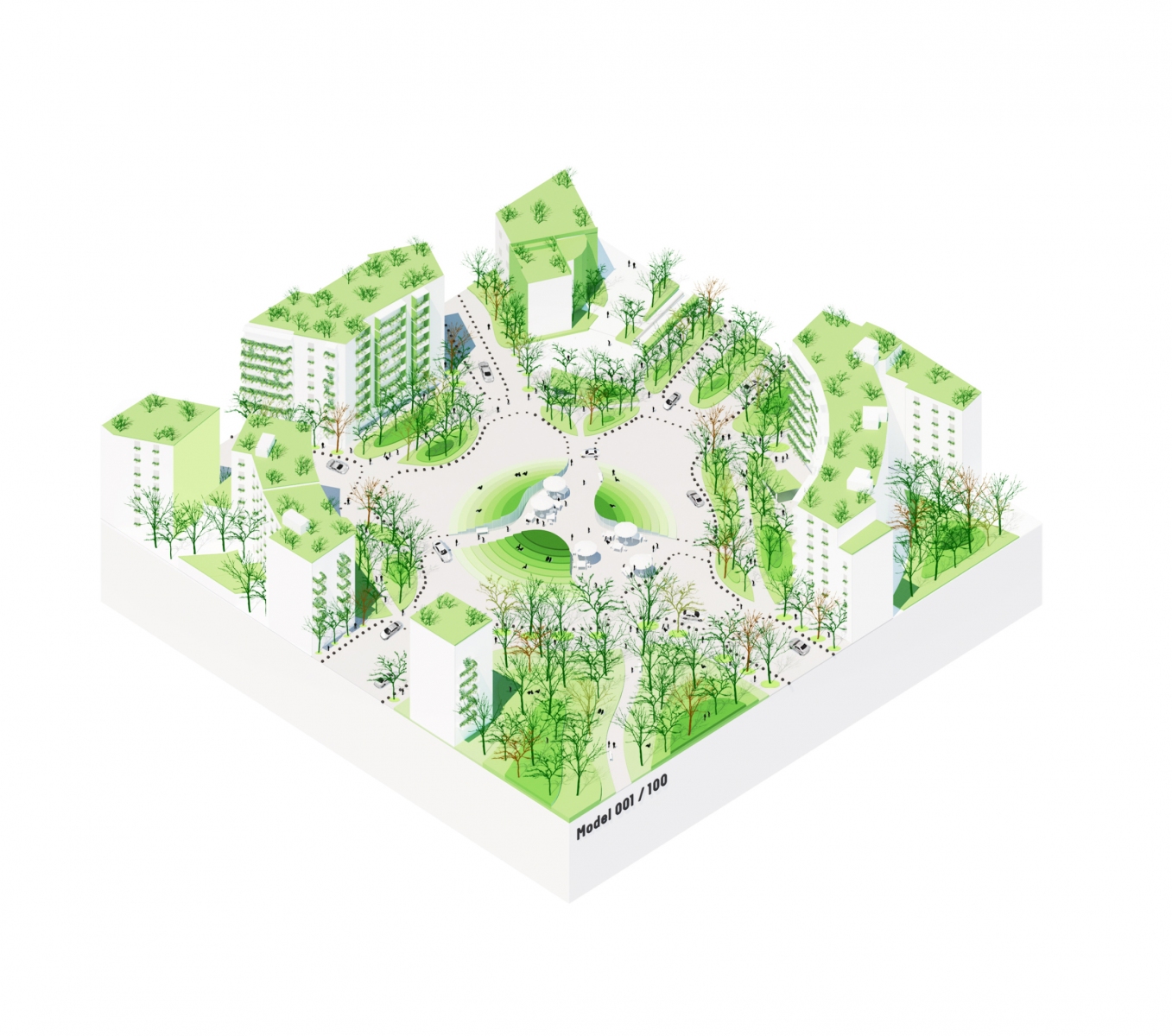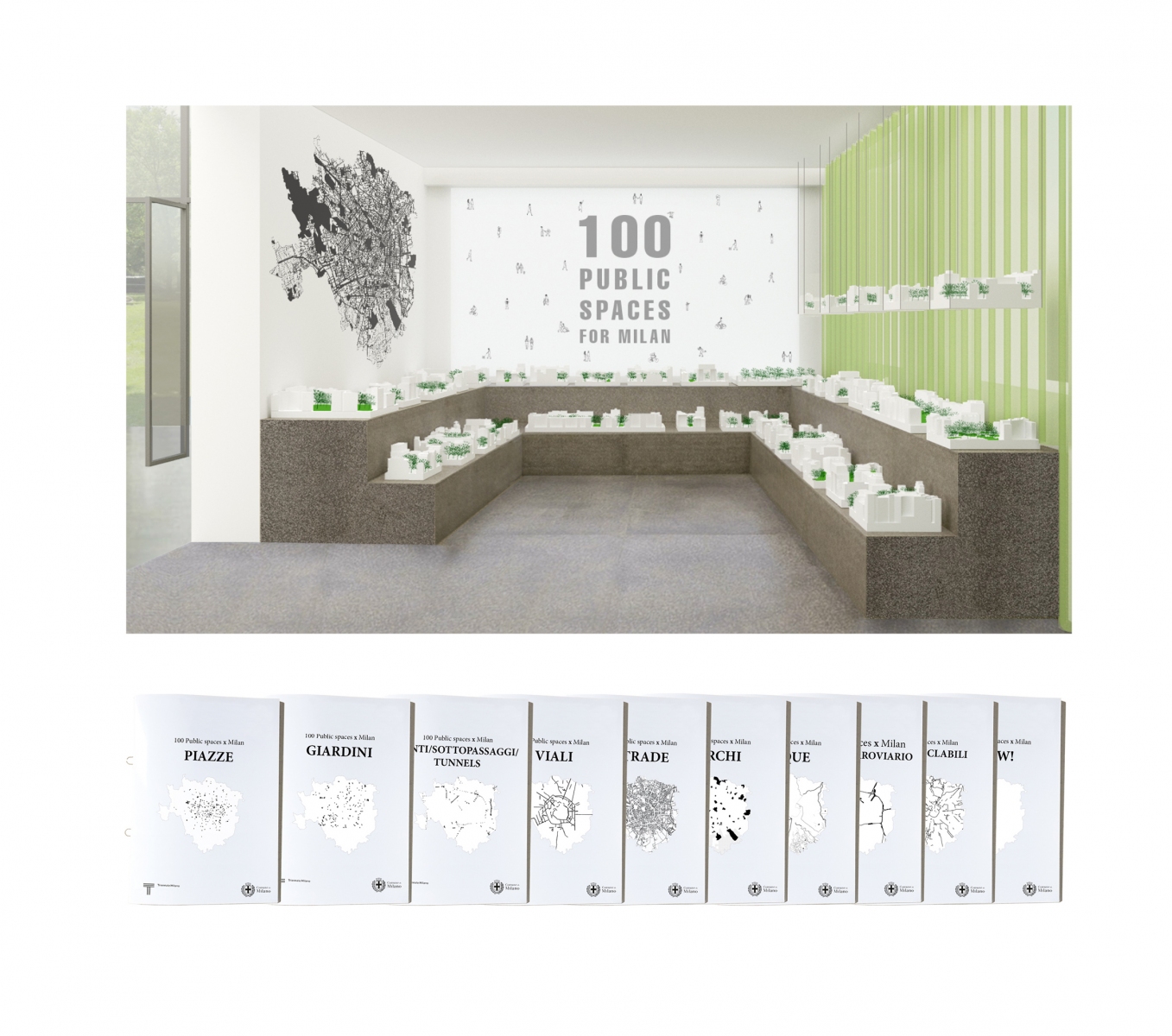Call for Ideas “Urban Factor” for a public program and a research within the new Triennale Urban Center to be held in 2020.
Milan, Italy, 2020
Winners.
100 Public Spaces Project is a research on urban Public Spaces: started from Milan, the research is now enlarging its limits to other cities, such as Shanghai, searching for comparisons and mutual considerations on this issue.
Influenced by the movement limitations given by the pandemic situation, the research is trying to give to Municipal Administrators reflections on the features of public spaces and possibile solutions and modifications that can be implemented in the new rules for the next steps in the Covid circumstance.
I think that this energy of people, of men and women, of youngsters, of elderlies, of emigrants, of black and white and yellow, deserves an adequate space, a city to their size. […] I think designers should work with real knowledge of the city, starting from a sensitive reading of its characters.
They should try to discover Milan’s hidden interest and express it in design terms at the highest level of quality. Finally, I think that all this should be seen in a general idea of Milan. This city must have a structure – a planned structure, a hoped structure – in which intelligent and meaningful operations can be accomplished. A plan of directions and many punctual, open, meaningful projects.
Giancarlo De Carlo, 1987
THE PUBLIC SPACE, the space of everyone, the place where the city finds its essence.
Milan is one of the most evident examples of how individuals construct buildings that define the city (Feltrinelli, Prada, Pirelli, Bocconi, etc) giving a strong boost to the urban quality of their surroundings. The city, however, struggles to raise the overall quality of the collective space in its continuity. Milan, more than other Italian cities, has undergone the strong process of industrialization and motorization (the myth of speed was born with Futurism, in Milan) and today, with public spaces designed for this purpose, it has to rethink them according to other speeds and different fruition.
In the world squares, roads, railways, gardens are redesigned to encourage new uses from citizens: places that become real social devices, where citizenship recognized itself and met together, the highest manifestation of the civilization of its inhabitants, who feel these spaces as their own.
We are in a world where democracy, with new means of interaction, is widening further with respect to the vast limits that De Carlo outlined; we feel the need for a physical encounter and the citizens themselves are no longer enough represented only by their own homes, they want to participate in the public space project, as an element of full and complete recognition, personal and collective; an environmental renewal is felt, capable of transforming the city into a regenerating organism: it simply never occurs to us to make streets into oases rather than deserts (Bernard Rudofsky, Architecture without Architects, 1964).
Milan has understood this need by starting a virtuous process, with the participation as an essential element. The new Urban Center, as a new public space itself, will be able to contribute to this process with its own tools: the ability to observe the continuous evolution of the space and understand its possible future uses, provide elements for thought and new design guidelines open to all.
As De Carlo wrote, even small places, perhaps especially these ones, need to be designed with an extended vision, with a trained sensitivity, with a systematic rigor, with a broad purpose.
100 Public Spaces for Milan is a work on the city, an engaging laboratory for citizens, which can provide design reflections, thoughts in form of spaces, ideas for proceeding towards a new, qualitative, urban project.
10 workshops x 10 students x 10 tutors
10 intensive workshops with 10 students selected through a call and led by 10 local and international tutors to produce 100 maquettes on 9 types of Milanese public spaces (squares, streets, avenues, gardens, parks, cycle paths, waterways, tunnels / viaducts, Circle Line) + 1 (spaces that do not have a clear definition, but which will be, in the future, new types of public space): design reflections will be produced, capable of investigating possibilities for the future of Milan. Urban Factor will then propose itself as a place of collective and public reflection for the city and its spaces, in order to provide possible ideas to the Municipal Administration, but also to citizens who will visit the Urban Center at work for the city.
Credits
Type/Program: Urban Research
Client: Triennale Milano – Comune di Milano
Year: 2020
Location: Triennale Urban Center, Milano, Italy
Status: Call for Ideas -Winners
Collaborators: Dragana Mikavica

